BROMODICHLOROMETHANE

BROMODICHLOROMETHANE structure
|
Common Name | BROMODICHLOROMETHANE | ||
|---|---|---|---|---|
| CAS Number | 75-27-4 | Molecular Weight | 163.82900 | |
| Density | 1.98 g/mL at 25 °C(lit.) | Boiling Point | 87 °C(lit.) | |
| Molecular Formula | CHBrCl2 | Melting Point | −55 °C(lit.) | |
| MSDS | Chinese USA | Flash Point | 87-89°C | |
| Symbol |



GHS05, GHS07, GHS08 |
Signal Word | Danger | |
| Name | bromodichloromethane |
|---|---|
| Synonym | More Synonyms |
| Density | 1.98 g/mL at 25 °C(lit.) |
|---|---|
| Boiling Point | 87 °C(lit.) |
| Melting Point | −55 °C(lit.) |
| Molecular Formula | CHBrCl2 |
| Molecular Weight | 163.82900 |
| Flash Point | 87-89°C |
| Exact Mass | 161.86400 |
| LogP | 2.14250 |
| Index of Refraction | n20/D 1.497(lit.) |
CHEMICAL IDENTIFICATION
HEALTH HAZARD DATAACUTE TOXICITY DATA
MUTATION DATA
|
| Symbol |



GHS05, GHS07, GHS08 |
|---|---|
| Signal Word | Danger |
| Hazard Statements | H302-H315-H318-H335-H351 |
| Precautionary Statements | P261-P280-P305 + P351 + P338 |
| Personal Protective Equipment | Eyeshields;Faceshields;full-face respirator (US);Gloves;multi-purpose combination respirator cartridge (US);type ABEK (EN14387) respirator filter |
| Hazard Codes | Xn:Harmful; |
| Risk Phrases | R22;R40 |
| Safety Phrases | S26-S36/39-S45-S36/37-S16-S36/37/39 |
| RIDADR | 2810 |
| WGK Germany | 3 |
| RTECS | PA5310000 |
| Packaging Group | III |
| Hazard Class | 6.1 |
| Precursor 9 | |
|---|---|
| DownStream 10 | |
|
Use of urinary trichloroacetic acid as an exposure biomarker of disinfection by-products in cancer studies.
Environ. Res. 135 , 276-84, (2014) Urinary trichloroacetic acid (TCAA) has been proposed as a valid exposure biomarker for ingested disinfection by-products (DBP) for reproductive studies. However, it has never been used in epidemiolog... |
|
|
Development of QSAR models for predicting hepatocarcinogenic toxicity of chemicals.
Eur. J. Med. Chem. 44 , 3658-64, (2009) A dataset comprising 55 chemicals with hepatocarcinogenic potency indices was collected from the Carcinogenic Potency Database with the aim of developing QSAR models enabling prediction of the above u... |
|
|
Comparing a silver-impregnated activated carbon with an unmodified activated carbon for disinfection by-product minimisation and precursor removal.
Sci. Total Environ. 542 , 672-84, (2015) During disinfection, bromide, iodide and natural organic matter (NOM) in source waters can lead to the formation of brominated and/or iodinated disinfection by-products (DBPs), which are often more to... |
| MFCD00000824 |
| EINECS 200-856-7 |
| BROMODICHLOROMETHANE |
| bromo(dichloro)methane |
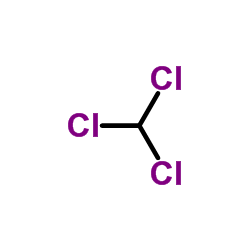 CAS#:67-66-3
CAS#:67-66-3 CAS#:75-09-2
CAS#:75-09-2 CAS#:463-82-1
CAS#:463-82-1 CAS#:74-96-4
CAS#:74-96-4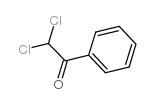 CAS#:2648-61-5
CAS#:2648-61-5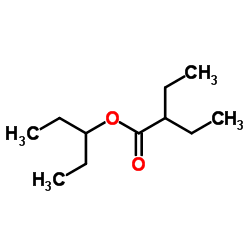 CAS#:75-25-2
CAS#:75-25-2 CAS#:34557-54-5
CAS#:34557-54-5 CAS#:82621-77-0
CAS#:82621-77-0 CAS#:75-62-7
CAS#:75-62-7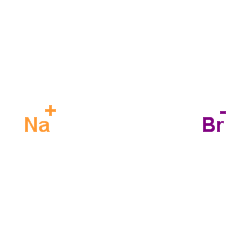 CAS#:7647-15-6
CAS#:7647-15-6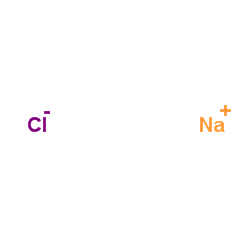 CAS#:7647-14-5
CAS#:7647-14-5 CAS#:1605-72-7
CAS#:1605-72-7 CAS#:2108-20-5
CAS#:2108-20-5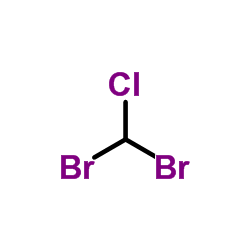 CAS#:124-48-1
CAS#:124-48-1 CAS#:18684-82-7
CAS#:18684-82-7![Benzaldehyde,4-chloro-, 2-[(4-chlorophenyl)methylene]hydrazone structure](https://image.chemsrc.com/caspic/138/3510-48-3.png) CAS#:3510-48-3
CAS#:3510-48-3 CAS#:66482-29-9
CAS#:66482-29-9 CAS#:3474-12-2
CAS#:3474-12-2
